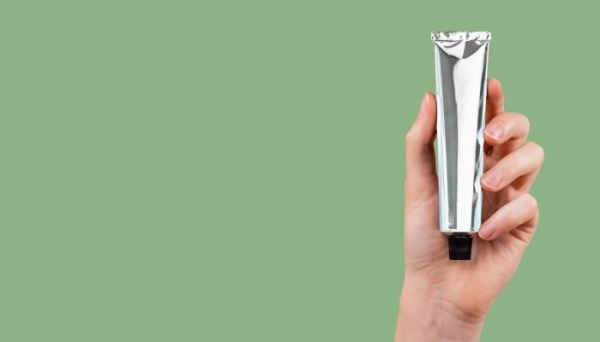
In 2023, global politics, global warming, plastic and chemical pollution are clashing and coalescing to create new challenges and opportunities for packaging. Considering the many outside factors that are currently influencing package innovation and the packaging supply chain, market research firm Mintel has identified the threats and opportunities companies, brands and manufacturers need to be aware of in 2023 and beyond.
“Pressures from the environmental perspective, the conflict in Ukraine, global inflation, social issues, legal challenges, extended producer responsibility, and other forces mean packaging must navigate new and more challenging routes to market,” explains David Luttenberger, Global Packaging Director at Mintel.
Economic uncertainty tops the list of constraints, according to Mintel’s Global Packaging Trends report for 2023. According to the market research firm, the rising cost of goods has forced consumers to rethink budgets and discretionary spending. For instance, 40% of Brazilians say the phrase, “I have a budget that I try to stick to” describes them well.
In this context, “offering packaging that represents financial value propositions, while not compromising quality, convenience, freshness, safety, and environmental responsibility, will be a differentiator in 2023 and beyond,” adds Mintel.
The environmental crisis is the second key factor impacting packaging since it is changing consumers mindsets and triggering the adoption of new regulations.
For instance, 59% of Mexican consumers say the statement, ‘I find myself wanting to learn more about brands, social matters, etc.’, describes them well. According to Mintel, packaging will therefore become the messenger for socially responsible initiatives and actions.
In parallel, new rules around the use of plastics and pollution-causing materials, as well as protecting human and planetary health, will be voted around the world, and consumers will rally behind legislation that benefits the environment.
For instance, 45% of Australian consumers rank climate change and global warming among their top three environmental concerns.
To get ahead and stay competitive, “brands must provide climate-friendly consumption choices, and manufacturers must provide packaging alternatives, both of which are easy to understand and actionable for consumers,” highlights Mintel.
Beyond these macro factors that are impacting packaging are across all end-use categories, Mintel’s 2023 Global Packaging Trends report also discusses specific trends for different categories, including Beauty and Personal Care.
As far as beauty is concerned, it is often left to packaging to communicate the emotional ties the products strive to convey. In a context where consumers are also seeking both social responsibility and value from brands, packaging remains not only a constant but an integral part of the beauty experience. New challenges include eco-responsible structures and materials, 100% product evacuation dispensing systems, messaging about eco-attributes, or messaging about a brand’s values.
For instance, according to Mintel:
![]()
41% of Brazilian consumers say they prefer to be associated with companies/ brands that align with their values.
![]()
39% of Indian consumers say a beauty/ grooming product with unique/well- designed packaging has triggered them to make an impulse purchase.
![]()
14% of US consumers say they would spend leftover money—after bills and ‘needs’ were taken care of—on beauty products.
“In parallel with consumers’ desire to be more informed, the opportunity to leverage communication between brands and customers to drive engagement has never been greater,” highlights Mintel.
Eventually, the market research firm suggests that companies must create strategies that embrace next-generation package technologies to connect with consumers at retail, at home, and in any/all channels they prefer.
|
For more information about the latest trends and innovations in beauty packaging, check out our latest special issue:
|





